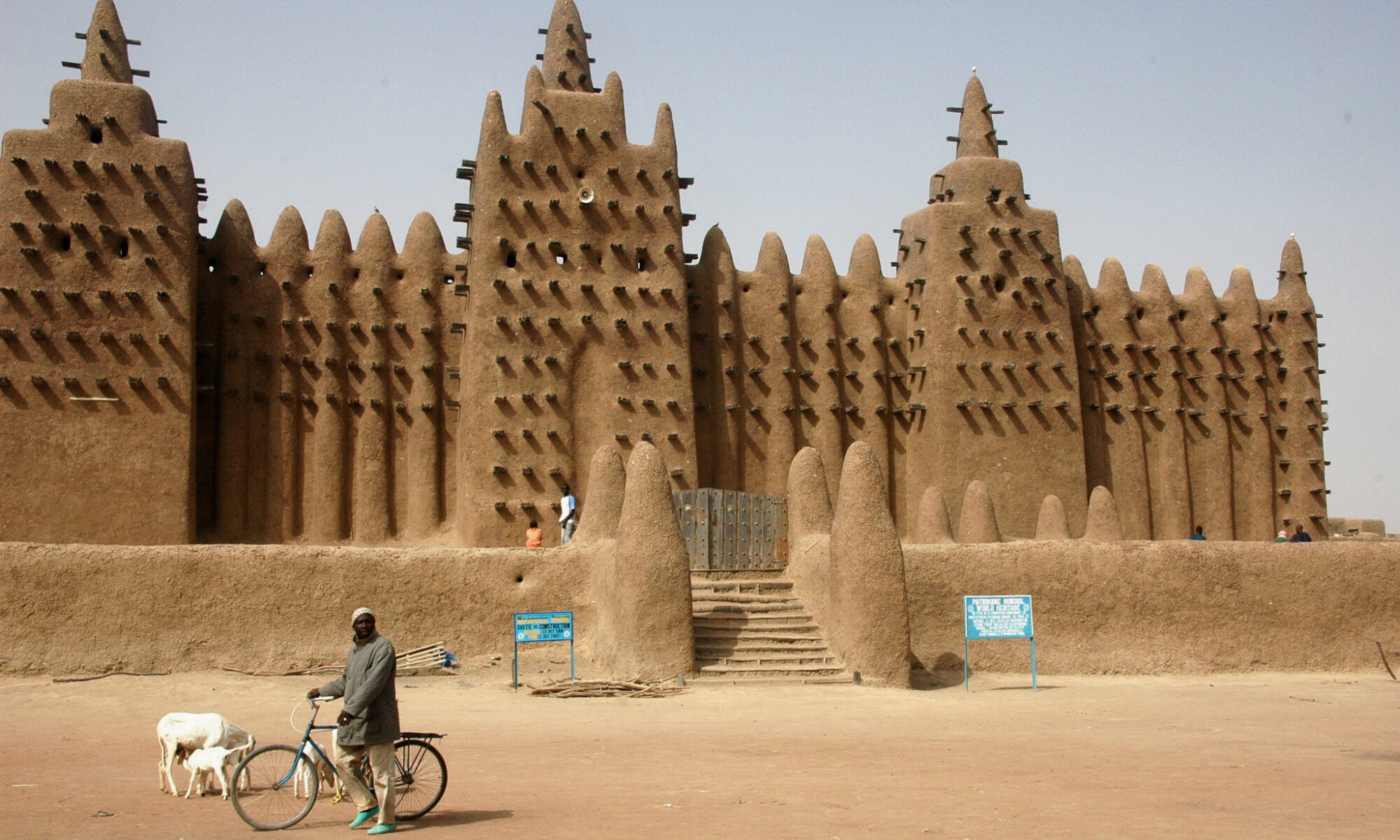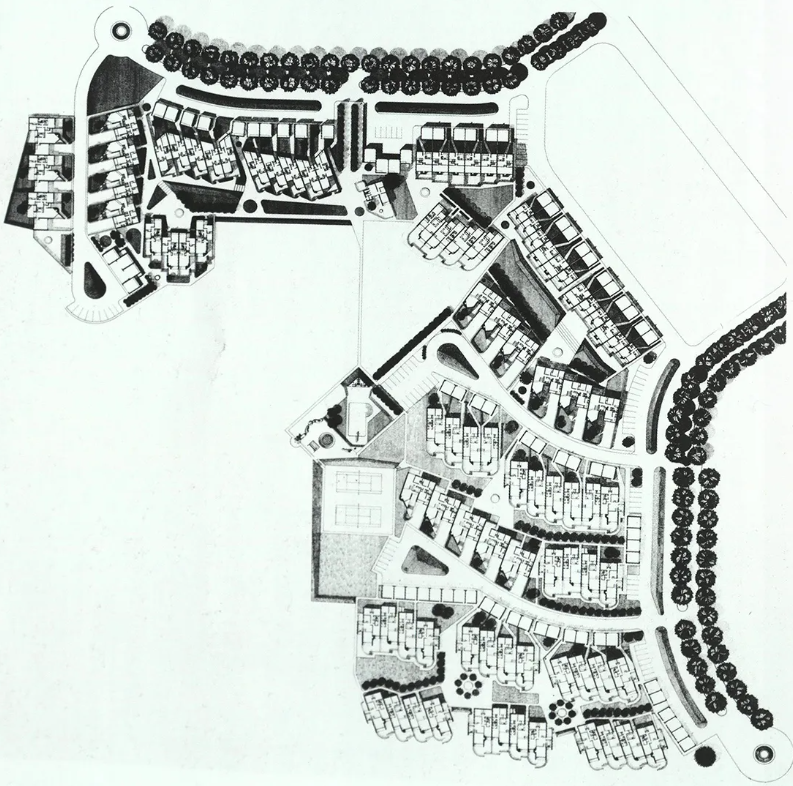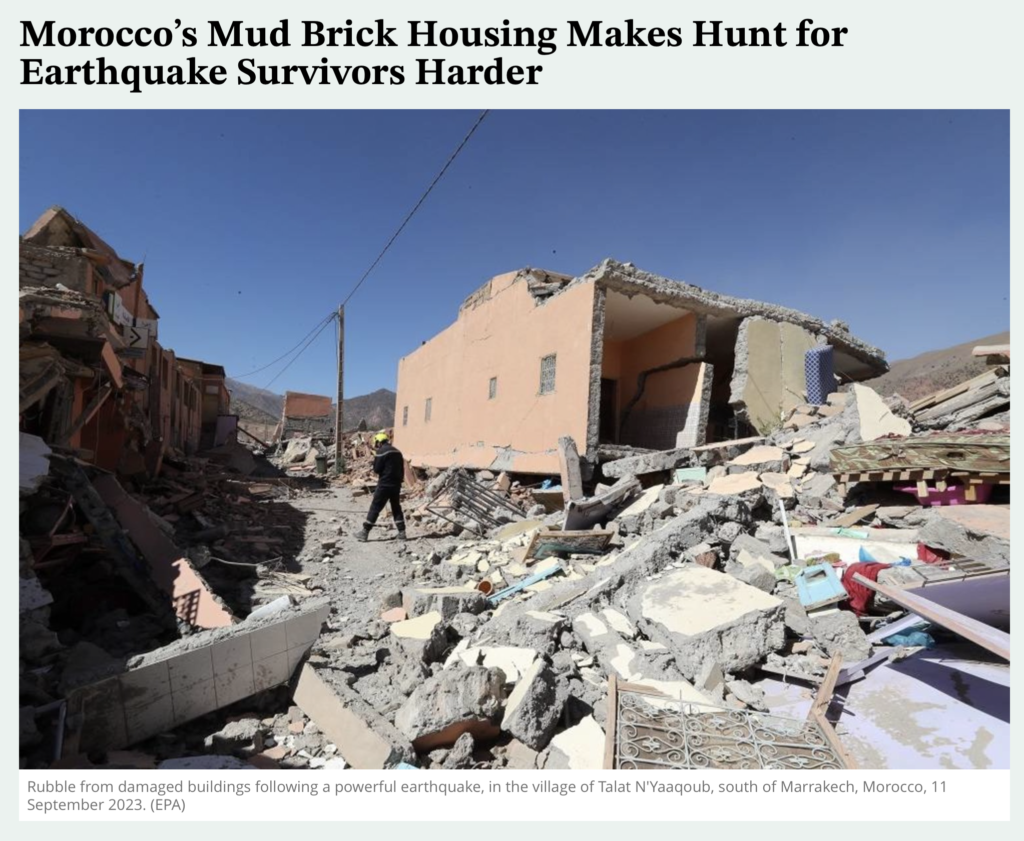(Photo courtesy of Astral Tequila)
Tequila Waste is a sustainable housing project in Mexico, built by adobe brick which made by soil and tequila waste, the leftover bagasse and vinasse.
Tequila waste is abundant. One standard .75-liter bottle of tequila produces more than 11 pounds of bagasse (the fibrous remnants of the agave piña after steaming, crushing and fermenting) and around 10 liters of vinasse (the liquid runoff of the distillation process). As the second most popular liquor in the world, the annual total production of tequila waste is overwhelming.
Bagasse is the fibrous waste from the agave plant. (Photo courtesy of Astral Tequila)
However bagasse is comprised mainly of cellulose and lignin, it can be repurposed into a number of valuable items, including construction materials, fertilizer, paper, wooden crafts, biofuels and even prebiotic dietary fiber. Leveraging this characteristic, Cardoso helped pioneer a solution to combine soil with the tequila waste to create an ancient building material known as adobe.
The adobe bricks not only repurpose tequila waste, but they’re also an excellent construction material for the warm, temperate climate in Mexico. Because of its high thermal mass, adobe stays cool during the day and releases heat at night, producing less waste, consuming less energy and creating a lower environmental impact than mainstream building materials. The more local the supplies to make the adobe, the smaller the carbon footprint. Plus, adobe buildings are remarkably resilient and can stand for centuries with regular maintenance.
Tahona wheel used in brick making process. (Photo courtesy of Astral Tequila)
To make the bricks, a machine combines the bagasse, vinasse and soil into heavy, wet adobe mud. A team of local employees then hand-packs the still-wet adobe into wooden molds that are left outside in the elements for ten days to cure—no oven, kiln or carbon emissions are required. As the mud shrinks and dries, the agave fibers provide reinforcement for the brick. Multiple bricks can easily be mortared together using more mud. Each bottle of Astral Tequila helps make approximately two bricks, each measuring roughly 16 inches long, 8 inches wide and 4 inches tall. The project produces around 300 bricks a day.
Adobe house built using Astral Tequila Agave fibers. (Photo courtesy of Astral Tequila)
By using this adobe brick as the construction, Cardoso and her group work with Hábitat para la Humanidad and Green Loop to provide bricks and other necessary construction materials for ten new homes and community spaces in the local municipality of Gómez Farias, Jalisco, Mexico.
Martha Jimenez Cardoso, pictured with a bottle of Astral Tequila. (Photo courtesy of Astral Tequila)
Martha Jimenez Cardoso as a director of sustainability and civil engineer at Astral Tequila worked for this project. As an STEM engineer who was born in a small indigenous village of Santa Maria Tlahuitoltepex in Oaxaca, Mexico she said that this project has allowed her to “make positive changes to the community through my work” something that has always been a dream of hers.
Citation
[1] PR Newswire. (2023). Astral Tequila launches ‘This Round’s for the House’ initiative as a part of its ongoing upcycling program, the Adobe Brick Project, to build homes and brighten communities in Mexico. PR Newswire. Retrieved from https://www.prnewswire.com/news-releases/astral-tequila-launches-this-rounds-for-the-house-initiative-as-a-part-of-its-ongoing-upcycling-program-the-adobe-brick-project-to-build-homes-and-brighten-communities-in-mexico-301797281.html
[2] Peña-Calderon, M. (2023). Martha Jiménez Cardoso on how women in STEM can change the world. People en Español. Retrieved from https://peopleenespanol.com/chica/earth-day-month-astral-tequila-sustainability-martha-jimenez-cardos/
[3] Madkour, A. (2023). Meet the Indigenous engineer upcycling tequila waste into sustainable housing. Modern Farmer. Retrieved from https://modernfarmer.com/2023/04/meet-the-indigenous-engineer-upcycling-tequila-waste-into-sustainable-housing/

















